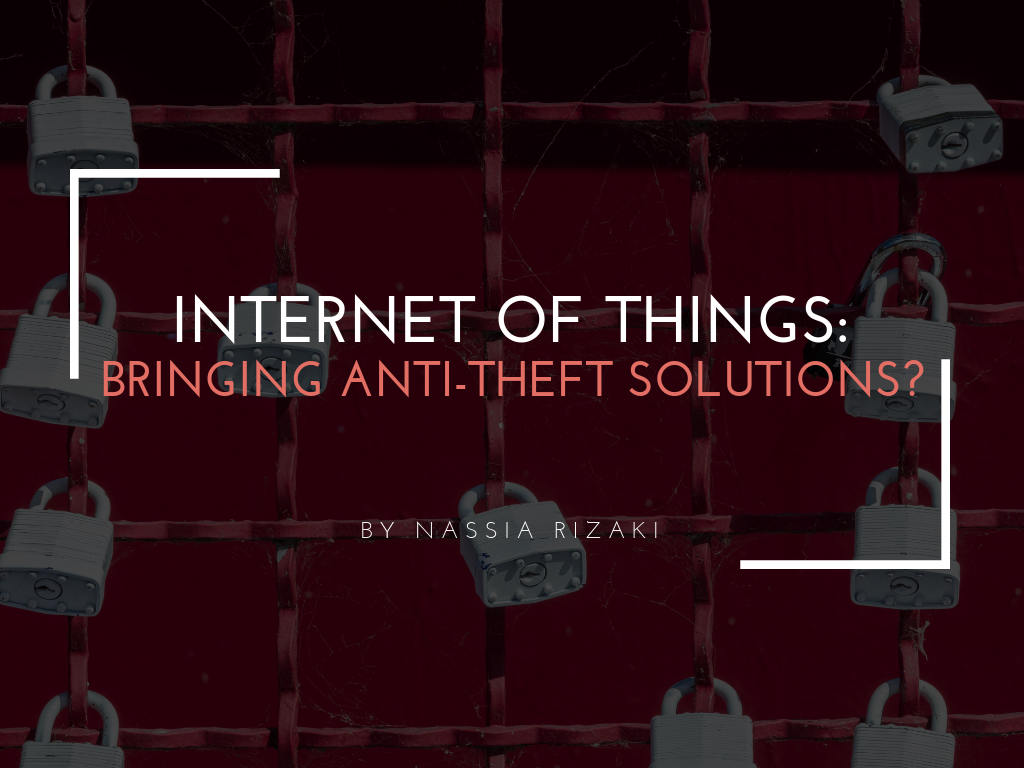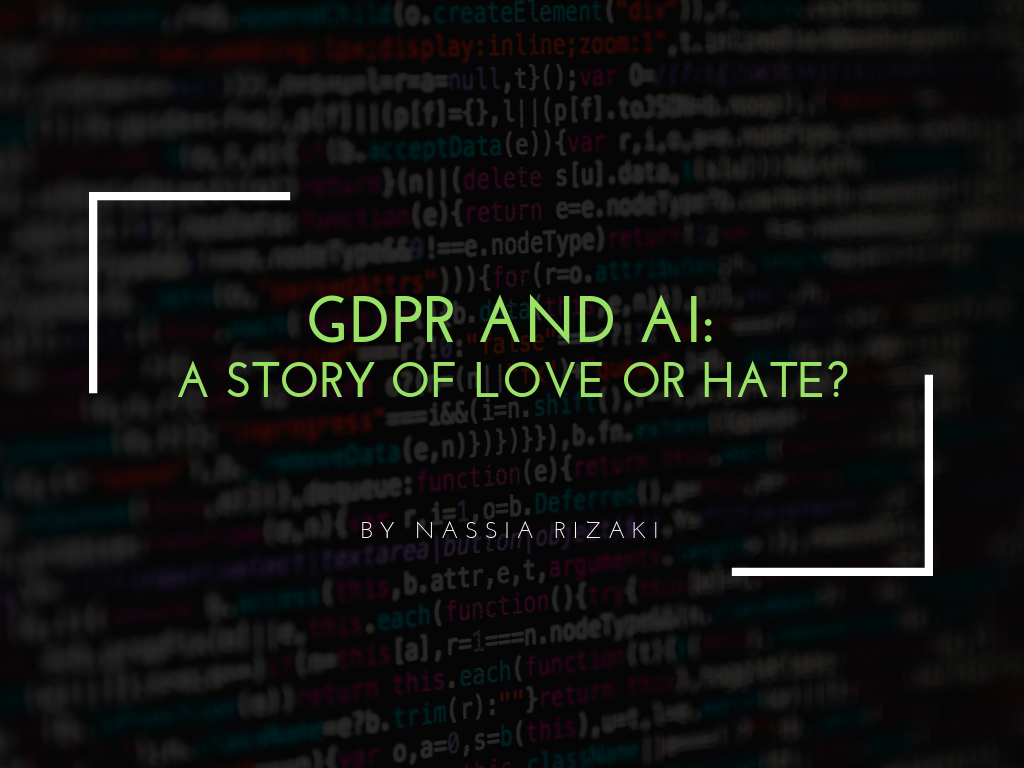In modern times which are characterized by rapid and intense rhythms, people are often feeling exposed when it comes to the security of their personal belongings. Especially when one is carrying many valuable things in a personal bag, it is pretty disturbing to always think about the possibility of theft or pickpocketing. Uncertainty for the security of personal belongings has never been bigger, especially for people living in big cities. Internet of Things (IoT), can probably soften this uncertainty, as it can help with building applications, devices or even transforming existing belongings to “smart” anti-theft solutions. IoT by definition, is the creation of physical devices that are connected to the internet, while collecting and also sharing data (Ranger, 2018). Possible implications of IoT solutions that can ease out the burden of possible theft are the following:
Zipper Fingerprint Detector
A fingerprint detector device can be placed on the zipper of the personal bag, and thus secure its opening. The zipper will be released only if the fingerprint trying to open up the personal bag is valid. The system will be activated again after the bag is closed. Such a simple addition is quite important for arising a feeling of security, as opening the zipper is a difficult to almost impossible process for someone whose fingerprint is not recognized.
RFID Receiver and RFID Tags
Radio-Frequency Identification (RFID) is the use of radio waves to read and capture information stored on the RFID tag that can be attached to a preferable object. A tag can be read from up to several feet away and does not need to be within direct line-of-sight of the reader in order to be tracked (EPC-RFID, 2018). Placing an RFID receiver in the personal bag can quickly help with the recognition and notification for a possible theft. The RFID receiver, after the user has placed RFID tags to the desirable items, will recognize if these items are placed or are missing from the personal bag. With the help of a mobile application, the user can set the preferable items being tracked, and then can be notified when one or more of them is missing when the RFID receiver tracks non-stop and real-time.
Location Tracker
With the help of the location tracker, the user can instantly and accurately identify the location of the personal bag. This can be beneficial mainly in the case of theft. The person will be able to know immediately the direction of the personal bag and hence can easily find the way towards getting it back, while at the same time can notify the authorities as well.
The above are only some of the implications that can actually transform a normal personal bag to an IoT device, giving it a “smart” identity. Do you think there are also other ways that someone can protect his personal belongings with the help of IoT?
References:
- EPC-RFID. (2018). What is RFID? – EPC-RFID. [online] Available at: https://www.epc-rfid.info/rfid [Accessed 6 Oct. 2018].
- Ranger, S. (2018). What is the IoT? Everything you need to know about the Internet of Things right now | ZDNet. [online] ZDNet. Available at: https://www.zdnet.com/article/what-is-the-internet-of-things-everything-you-need-to-know-about-the-iot-right-now/ [Accessed 6 Oct. 2018].


